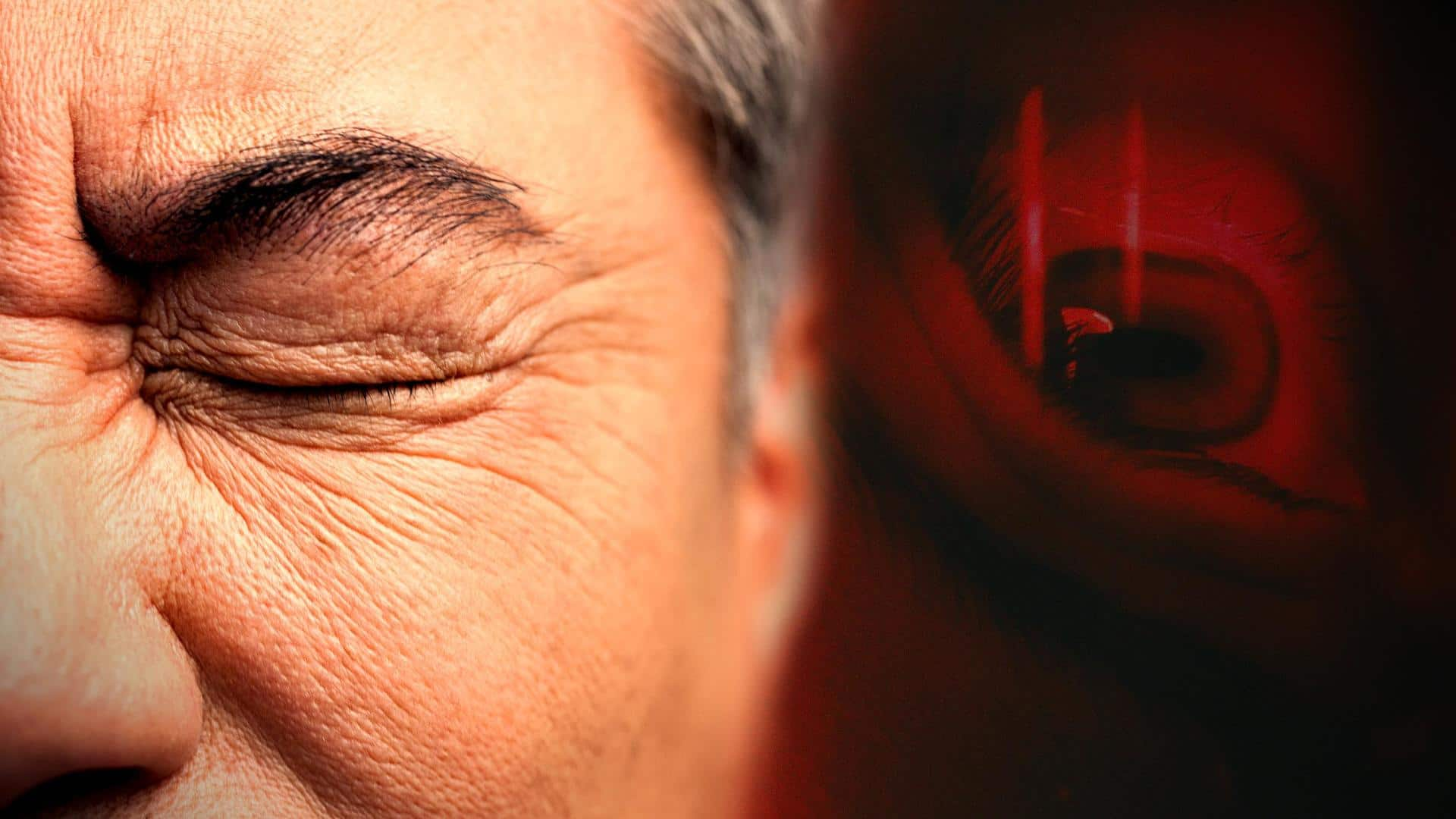
Blepharitis: Know about its causes, symptoms, and treatment
What's the story
Do you suffer from red, itchy, or swollen eyelids? You may be dealing with blepharitis, a common condition that affects people of all ages. Here we explore everything you need to know about blepharitis, from its causes and symptoms to treatment options and preventive measures. Get ready to say goodbye to those uncomfortable symptoms and hello to clear, healthy eyes!
Blepharitis
What is blepharitis?
Blepharitis is a common condition that affects the eyelids. The eyelids become inflamed due to the clogging of the glands that produce oil to lubricate the eyes. The inflammation can cause the eyelids to become red, swollen, and itchy. In severe cases, blepharitis can cause vision problems, scarring of the eyelids, and even permanent loss of eyelashes.
Signs
What are the symptoms of blepharitis?
The symptoms of blepharitis can vary depending on the severity of the condition, but it primarily includes swollen or red eyelids, itchy or burning sensations in the eyes, and greasy eyelashes. It can also cause a stinging sensation in the eyes, flaky skin around the eyelids, and even loss of eyelashes. Patients with blepharitis also experience blurred vision and sensitivity to light.
Causes
What are the causes behind blepharitis?
Blepharitis can be caused by a number of different factors, including allergies, bacterial or fungal infections, and skin conditions like rosacea or seborrheic dermatitis. Infrequent cleaning of the eyelids can contribute to their development. Clogged or malfunctioning oil glands in your eyelids can also lead to this condition. Eyelash mites or lice and dry eyes can also cause blepharitis.
Treatment
What are the treatment options?
Blepharitis is a chronic condition that requires ongoing management and care, and there is no one-off cure that can completely eliminate the condition. Treatment is aimed at managing symptoms and preventing recurrences, which requires consistent adherence to an appropriate treatment plan. With regular treatment, symptoms can usually be eased and kept to a minimum, and flare-ups can be prevented.
Prevention
What preventive measures you can take?
Regular cleaning of the eyelids can help to remove debris and bacteria that contribute to blepharitis. Applying warm compresses to the eyelids can help to loosen any crust or debris and soothe inflammation. Eye makeup can trap bacteria and debris on the eyelids, worsening blepharitis symptoms, so avoid eye cosmetics. Always remove your contact lenses before going to bed and avoid rubbing your eyes.